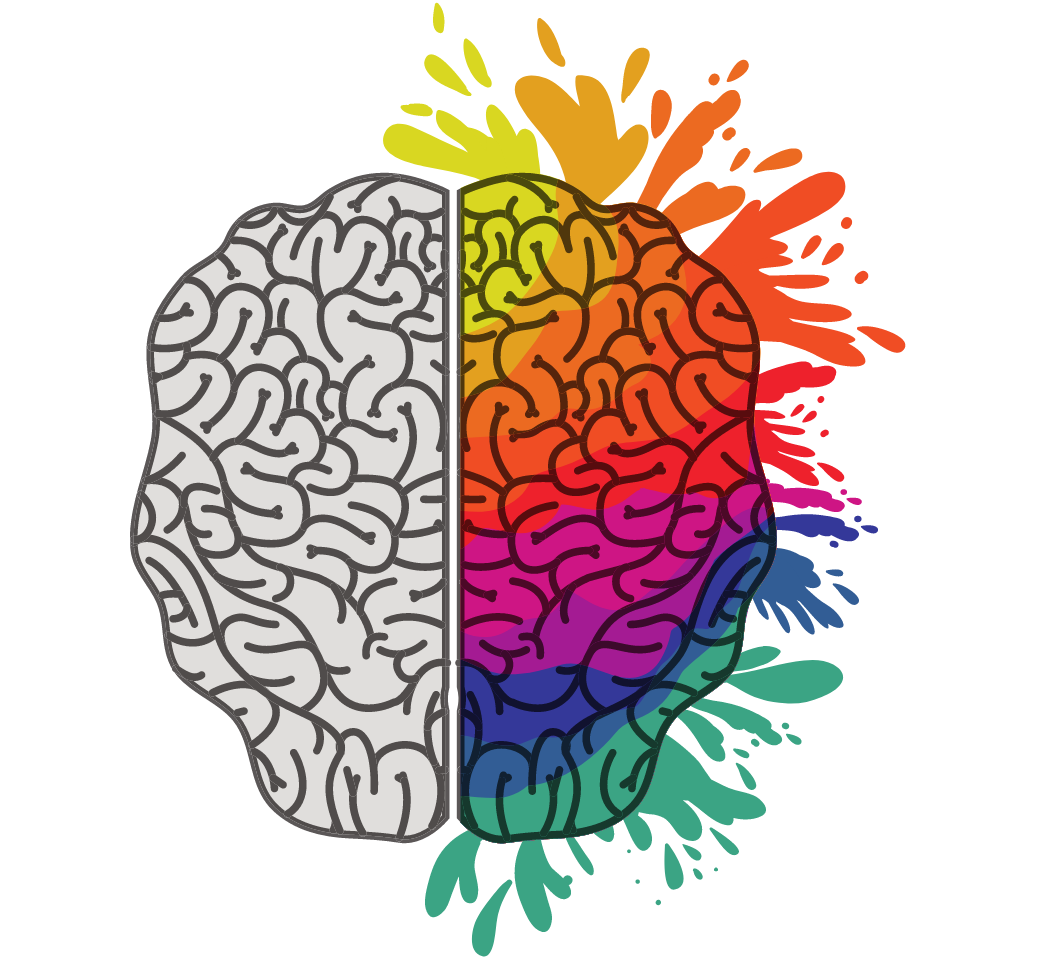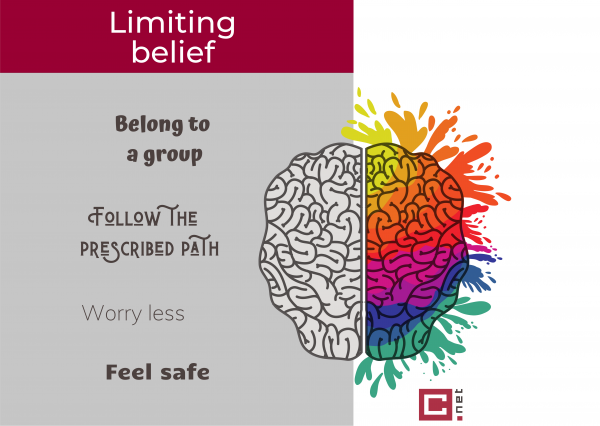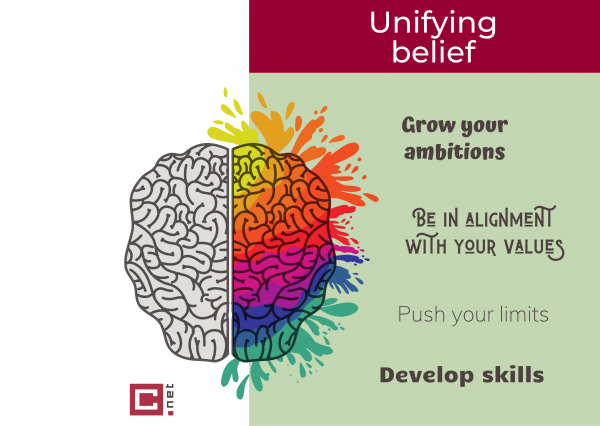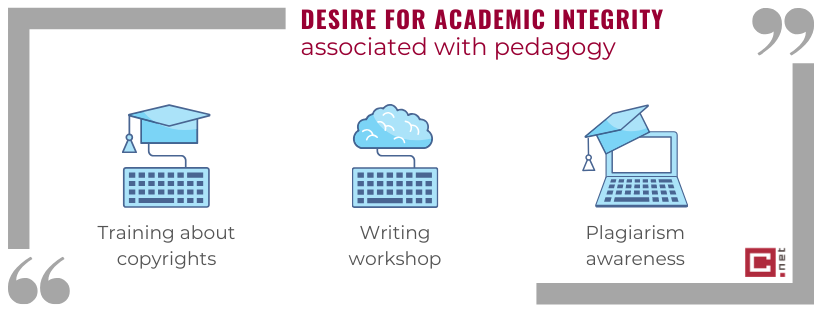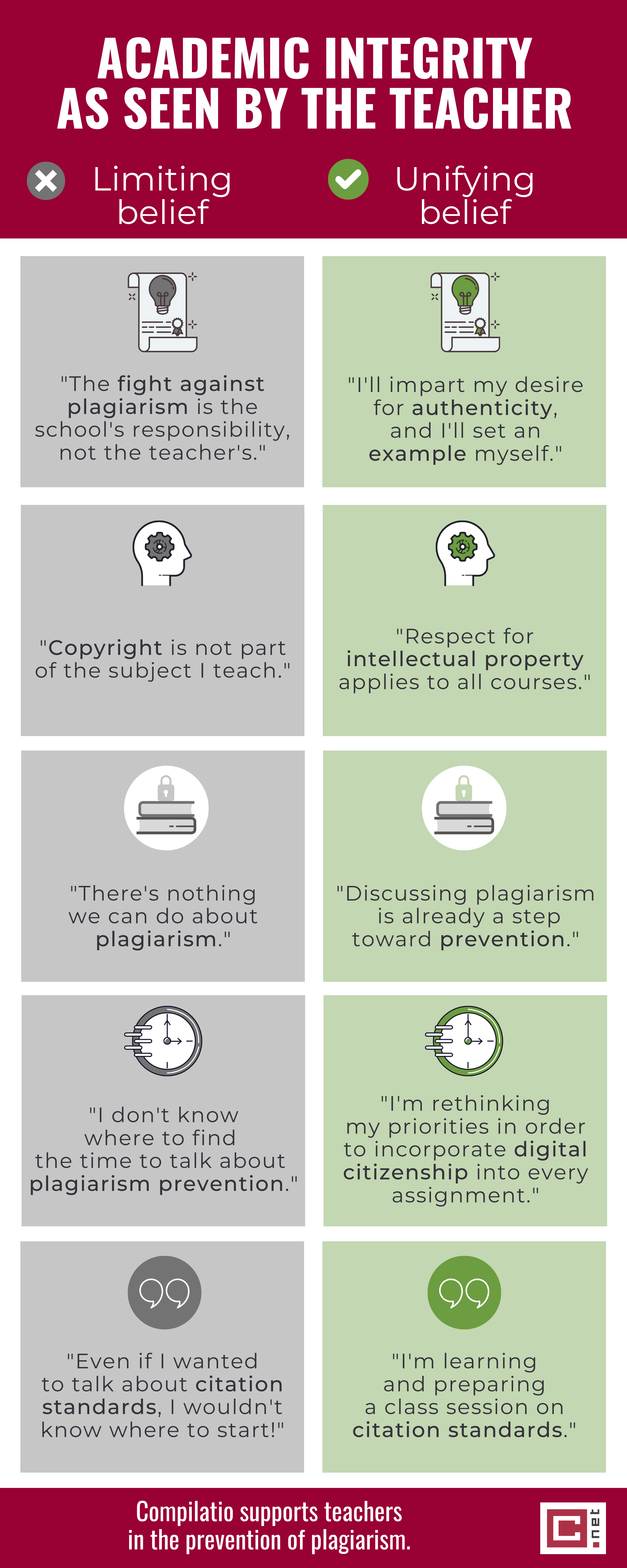Academic integrity and digital citizenship are fundamental concepts that must be taught to the students of today, who will become the adults and professionals of tomorrow. Some have understood this and have decided to teach these concepts in their courses. Others include a reminder that plagiarism is not tolerated with each assignment. They review their priorities to make sure they have the knowledge and time necessary to discuss the subject of academic integrity. The most conscientious make a point to lead by example, by citing each of the authors who served in the development of their courses. This is a way to honour those who have chosen to share their knowledge.
“it’s every teacher’s job to prepare students to become knowledgeable, productive 21st-century citizens. With tweens and teens spending an average of 6 and 9 hours respectively using media (Common Sense Media, 2015) -- and that’s not including homework! -- it’s no longer a question of whether our students will be digital citizens, it’s whether they will be good digital citizens and digital leaders! With media literacy instruction they can be both!!”
“Teaching media literacy provides students with skills that will help them foremost think critically about media. It also cultivates other 21st-century skills like creativity, collaboration, and communication, as well as increasing digital literacy skills through interacting with media, information, and technology. Media literacy instruction can also help your students develop into active consumers of information, determine credible sources, acknowledge biases in media, and be responsible creators of media.
“Whether you teach science, English language arts, social studies or art, there is a place for the development of these skills in your instruction!”
Article “Why all 21st-century educators must teach media literacy & how”, from the website scetv.org
To put a face to this way of thinking, let's imagine a teacher who shares her innovative plans and invites her colleagues to join in the pursuit of academic integrity. She discusses with her students the concepts of plagiarism and respect of copyright in order to prepare them for the professional world. Her motto: growth and development.
Examples of unifying beliefs:
"Respect for intellectual property applies to all courses."
"Discussing plagiarism is already a step toward prevention."
"I'm rethinking my priorities in order to incorporate digital citizenship into every assignment."
Many organizations are dedicated to the development of education and the improvement of teaching methods at local, national, and international levels.
Among them is Education for All in India! This key player in Indian education provides an in-depth analysis of the latest data on school and higher education, with a focus on programs like Samagra Shiksha. It also offers valuable insights into educational policies, statistics, and government initiatives aimed at improving access to and the quality of education.
There are many ways to guide students towards academic integrity. But this depends, above all, on the teachers' motivation and the power of their unifying beliefs. Teaching integrity in school curricula adds value to a course and empowers students.
Authenticity in writings: a state of mind
Teachers are at the heart of the anti-plagiarism process
To grow towards unifying thinking, you must first identify the main sources that limit or demotivate. To do this, you must dare to question yourself: What does this belief provide me? What do I have to gain by changing my point of view? What do I want to teach my students?
Then, to free yourself from negative thinking, you can imagine the goal that you'll achieve. In education, this might be:
- [Re]Enhance the value of diplomas
- Go below the 5% threshold of similarities in a plagiarism-detection analysis
- Train digital citizens responsibly
- Protect the school's reputation from a plagiarism scandal, etc.
In addition, the teacher may decide to take action by teaching their students about citation standards or copyright, for example.


